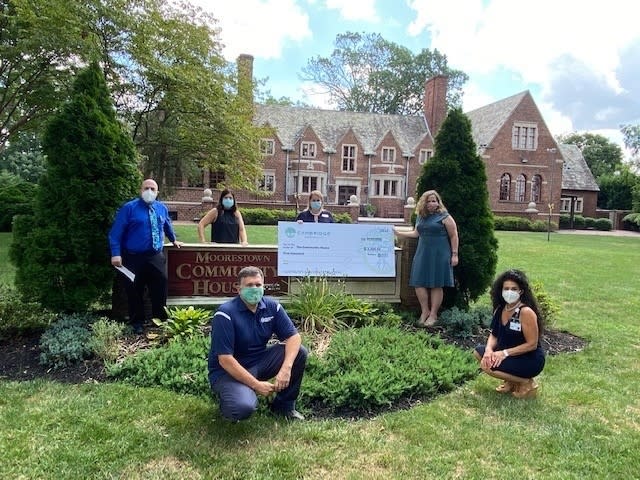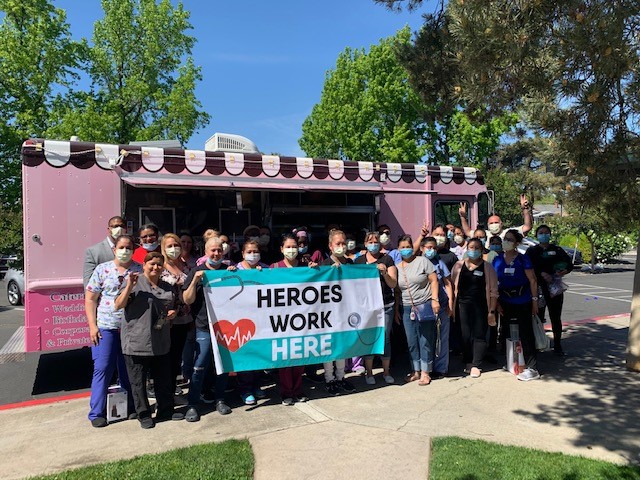The Different Types of Rehab

When it comes to rehabilitation programs, one size does not fit all. Each individual’s journey to recovery is unique, and understanding the different types of rehab programs is crucial for making informed decisions. In this comprehensive guide, we’ll delve into the two primary categories: inpatient and outpatient rehab programs.
The Distinctive Features of Inpatient Rehab
Inpatient rehabilitation, also known as residential treatment, involves a structured and immersive approach to recovery. Individuals undergoing inpatient rehab reside in a treatment facility for a specified period, typically ranging from 28 days to several months. Here are the key features of inpatient rehab programs:
24/7 Supervision and Support
Inpatient programs provide round-the-clock supervision and support, creating a safe and controlled environment for individuals in recovery. This continuous care helps in managing withdrawal symptoms and addressing any unforeseen challenges promptly.
Intensive Therapeutic Interventions
Inpatient rehab offers a highly structured schedule of therapeutic interventions, including individual counseling, group therapy, and holistic activities. This immersive approach allows individuals to focus solely on their recovery without the distractions of the outside world.
Removal from Triggers
Being away from the environments and triggers that contributed to substance abuse is a significant advantage of inpatient rehab. This separation enables individuals to break free from destructive patterns and build a foundation for long-term recovery.
Peer Support and Community
The sense of community in inpatient rehab can be a powerful motivator. Sharing experiences with peers facing similar challenges fosters a supportive environment that encourages accountability and camaraderie.

Exploring the Flexibility of Outpatient Rehab
While inpatient rehab offers an intensive and immersive experience, outpatient rehab provides a more flexible approach to recovery. Outpatient programs allow individuals to receive treatment while living at home and maintaining their daily routines. Here are the key features of outpatient rehab programs:
Flexibility in Scheduling
Outpatient rehab provides individuals with the flexibility to attend therapy sessions and treatments while accommodating work, school, or family commitments. This flexibility makes it a suitable option for those who require treatment without the need for residential care.
Integration with Daily Life
Unlike inpatient programs, outpatient rehab allows individuals to apply the skills they learn in therapy immediately to real-life situations. This integration with daily life helps in developing coping mechanisms and relapse prevention strategies in real-time.
Cost-Effectiveness
Outpatient rehab is generally more cost-effective than inpatient programs, making it a practical choice for individuals with financial constraints. The reduced expenses associated with accommodation and meals contribute to making outpatient rehab more accessible.
Strong Support System
While not as immersive as inpatient rehab, outpatient programs still offer a strong support system. Regular therapy sessions, group meetings, and check-ins with healthcare professionals ensure that individuals receive ongoing support throughout their recovery journey.
Making the Right Choice for You
Choosing between inpatient and outpatient rehab depends on various factors, including the severity of the addiction, personal commitments, and financial considerations. Consulting with healthcare professionals and addiction specialists can help individuals make an informed decision tailored to their specific needs.
In conclusion, understanding the differences between inpatient and outpatient rehab programs is crucial for individuals seeking recovery. Both approaches have their unique benefits, and the choice ultimately depends on individual circumstances and preferences. If you are seeking a path to healing, you can visit their page to get more important information.



